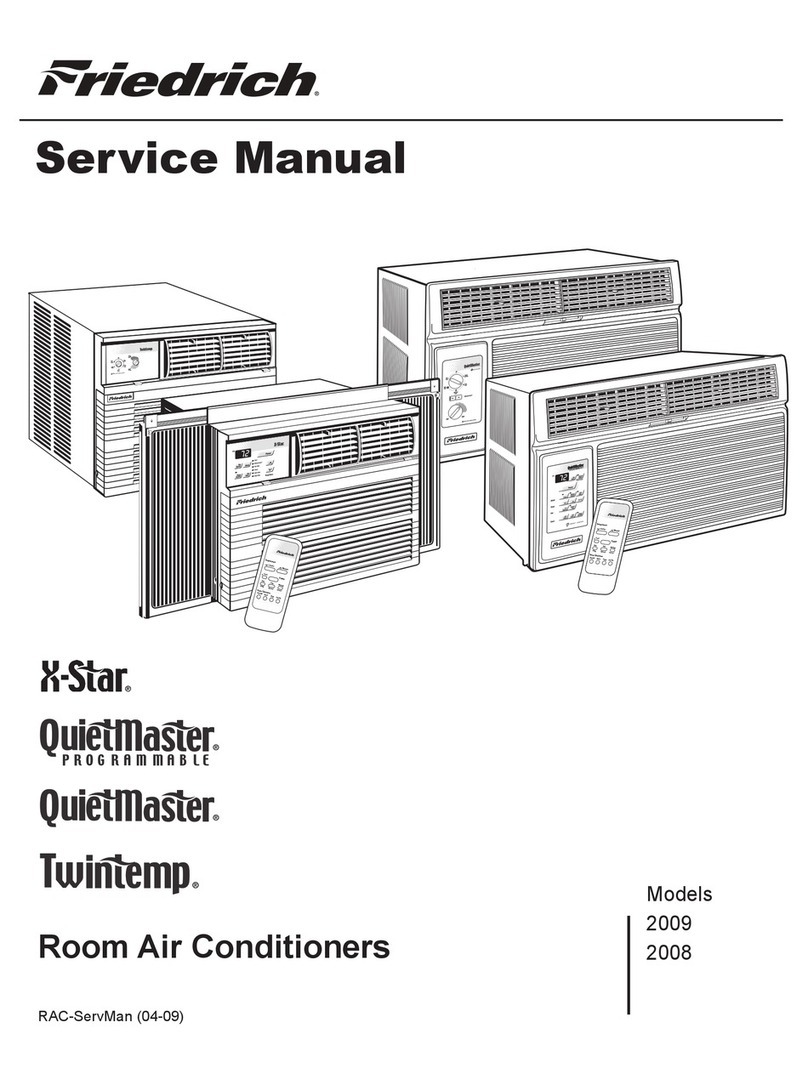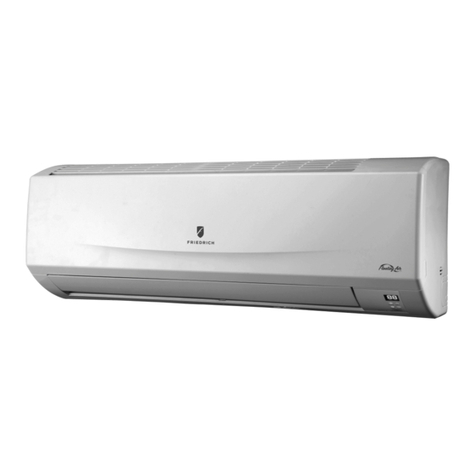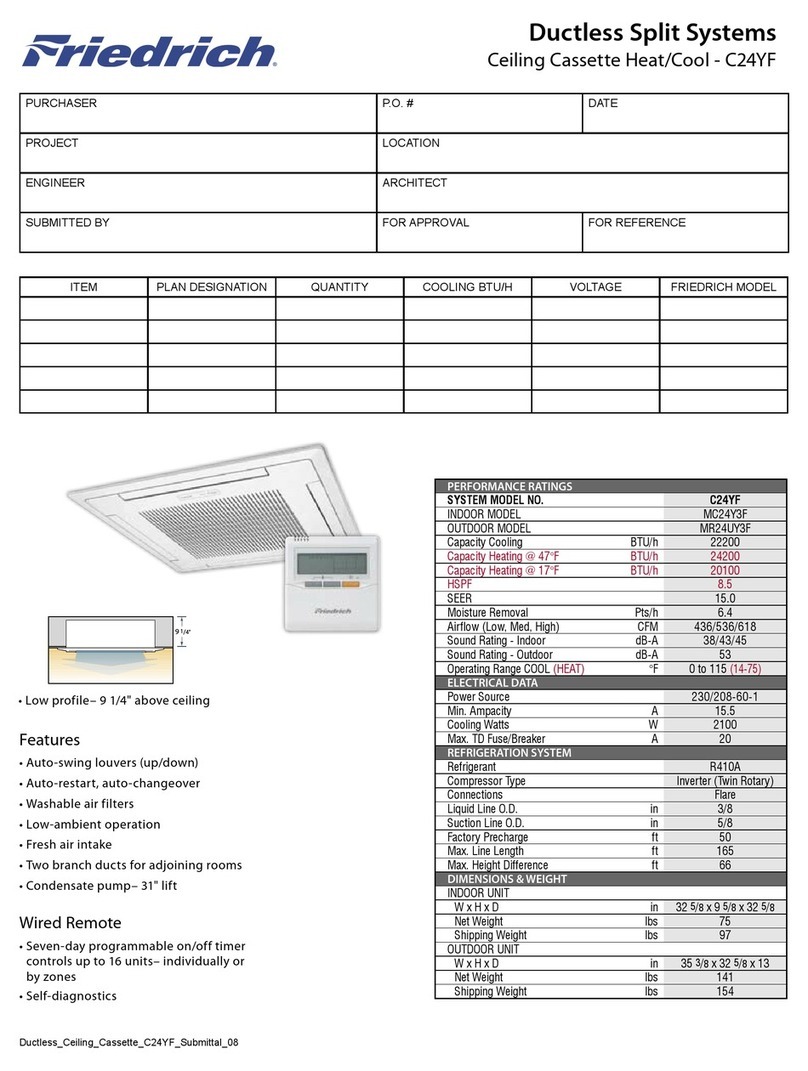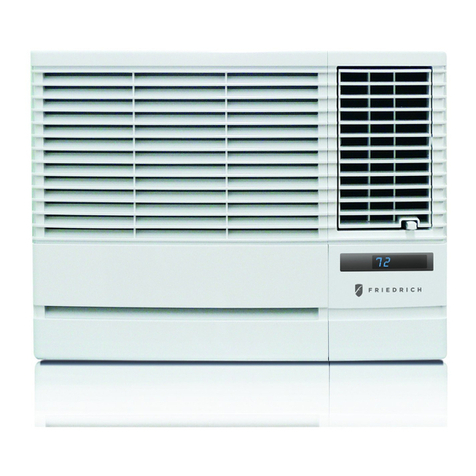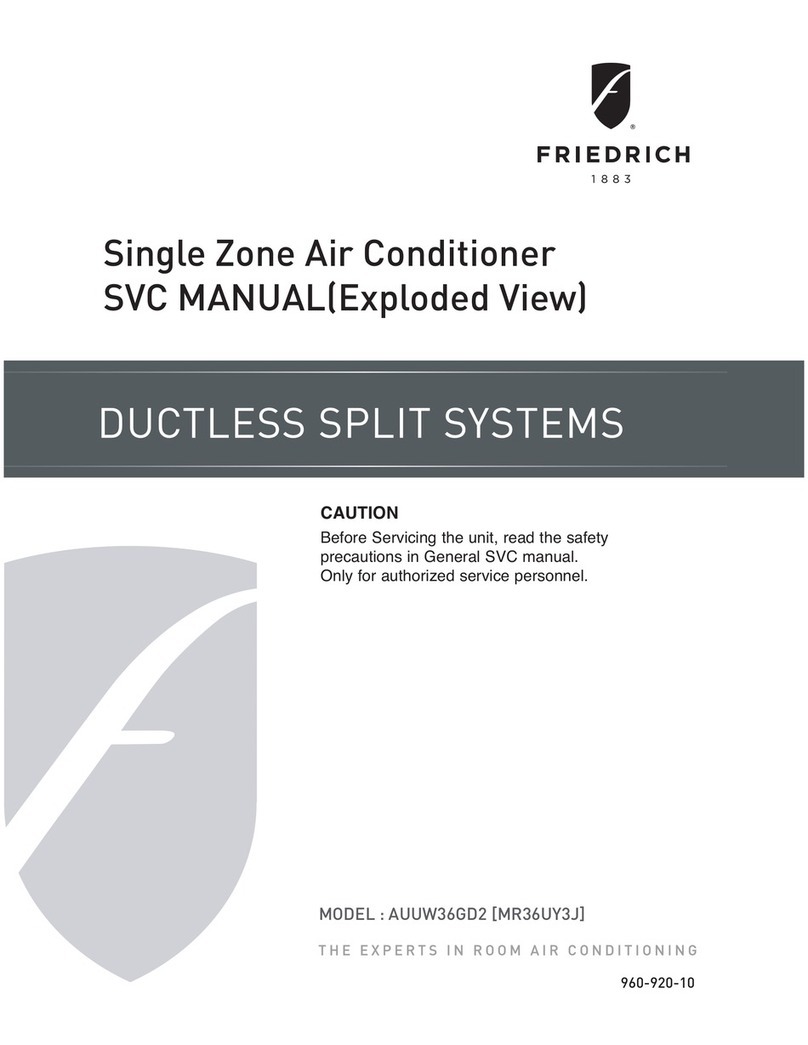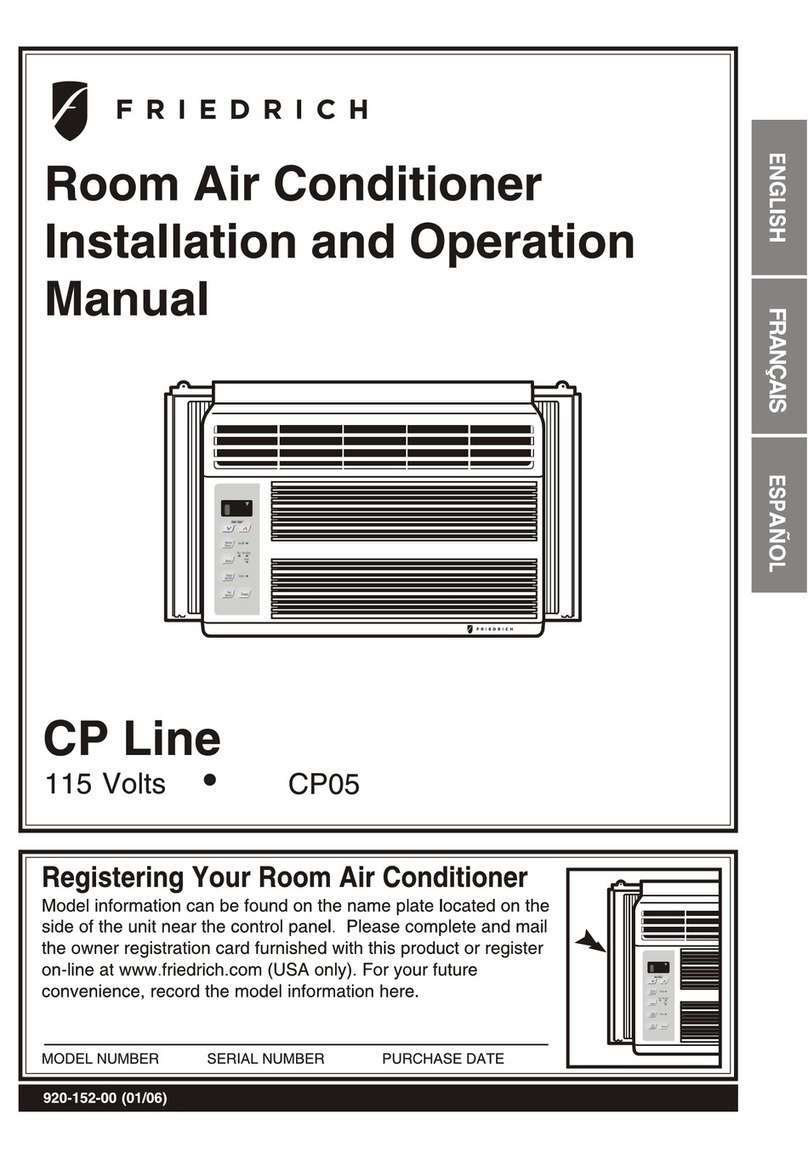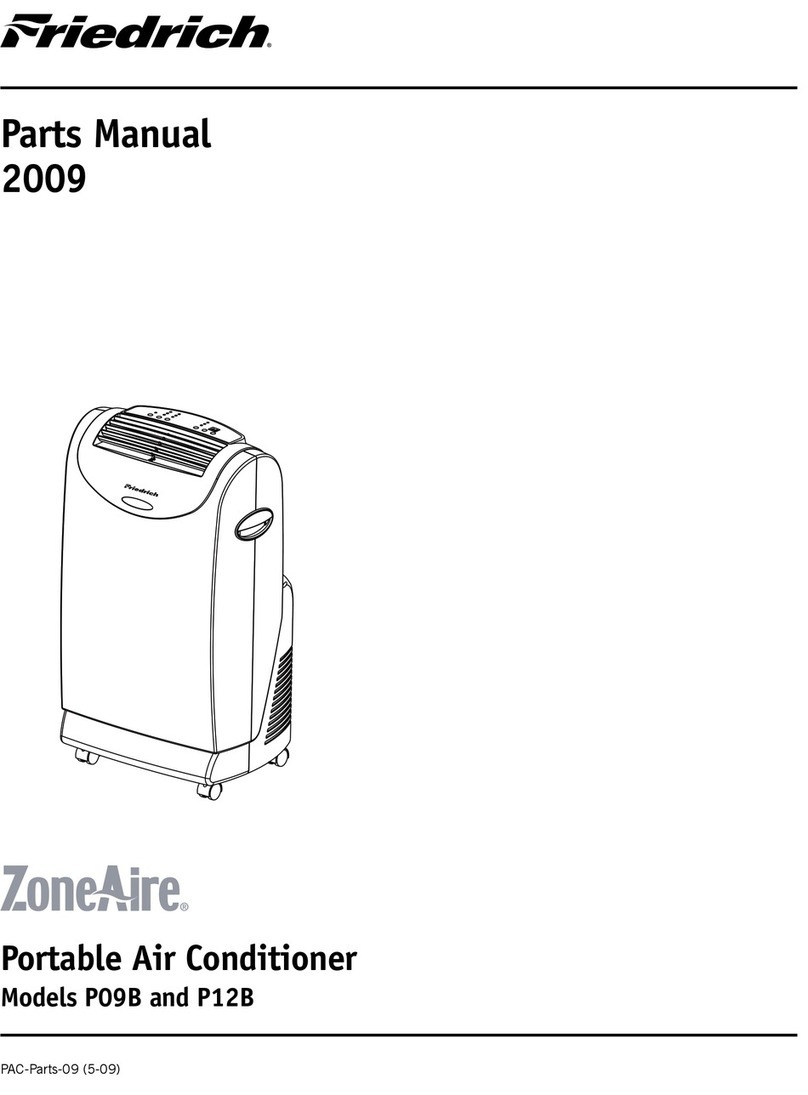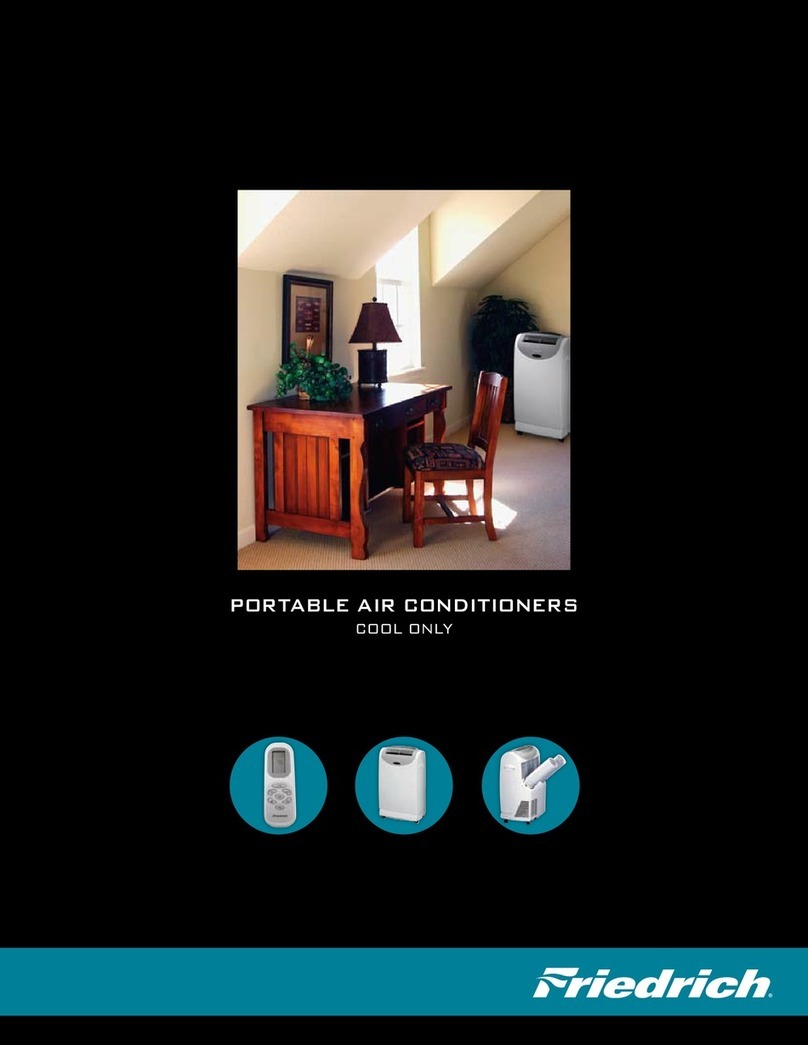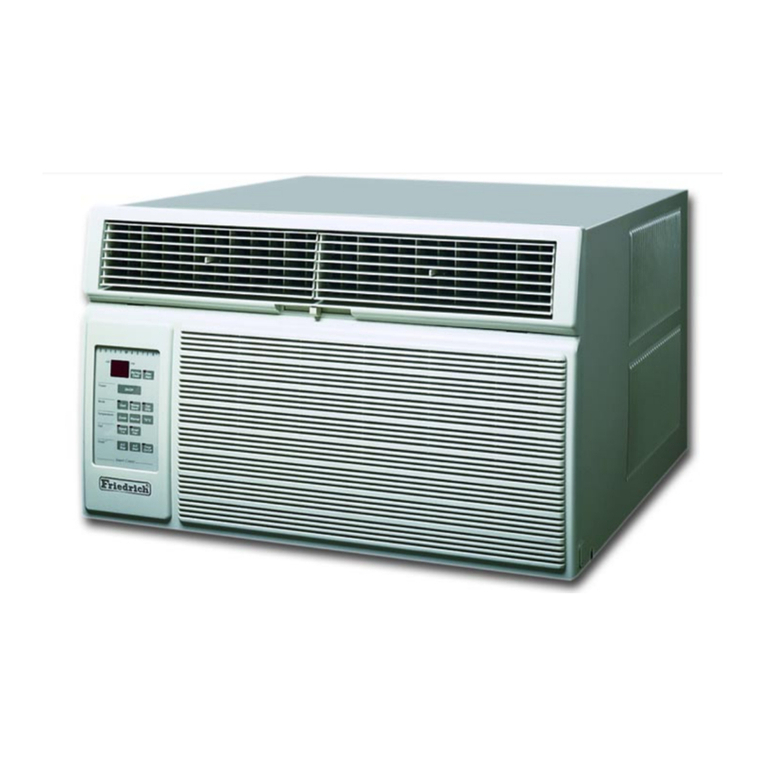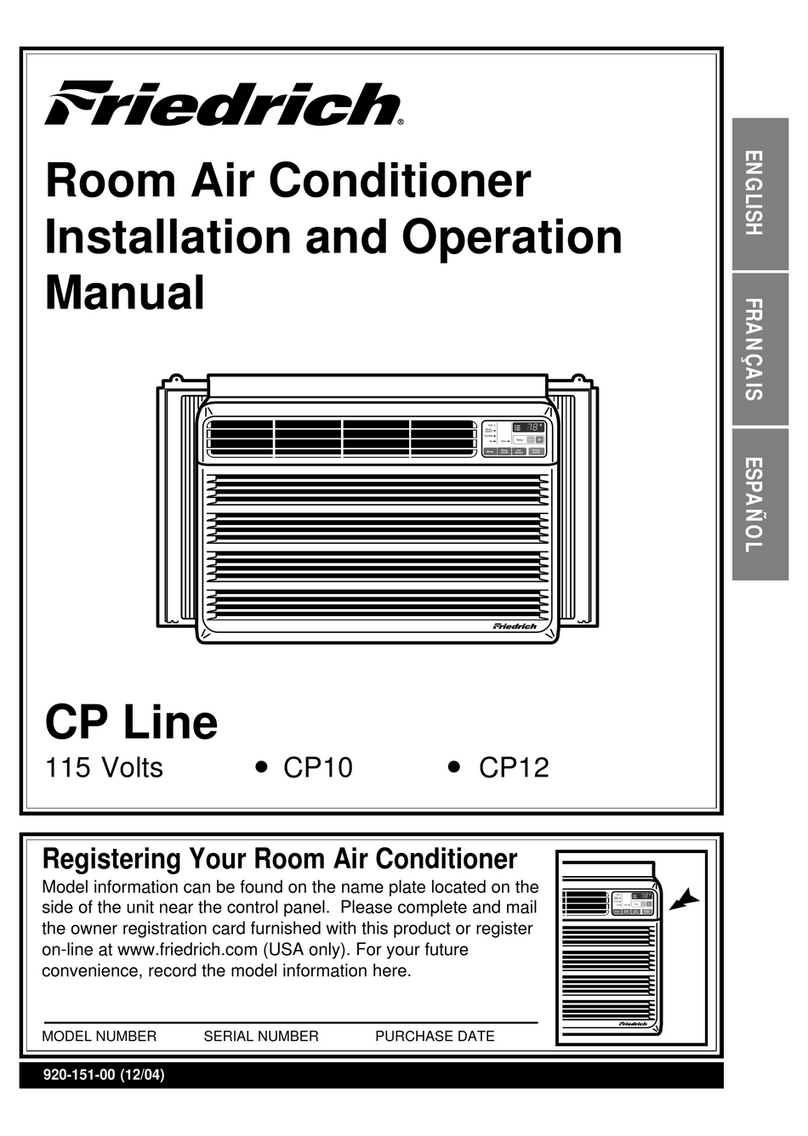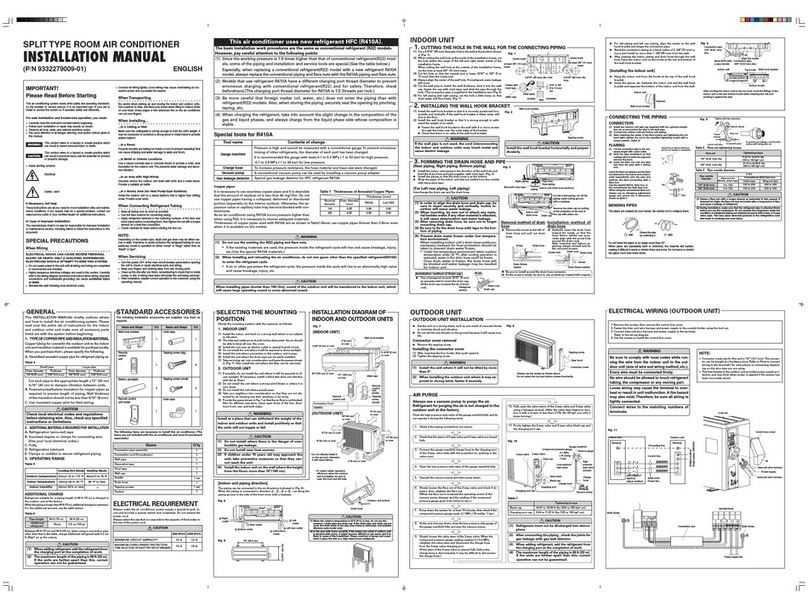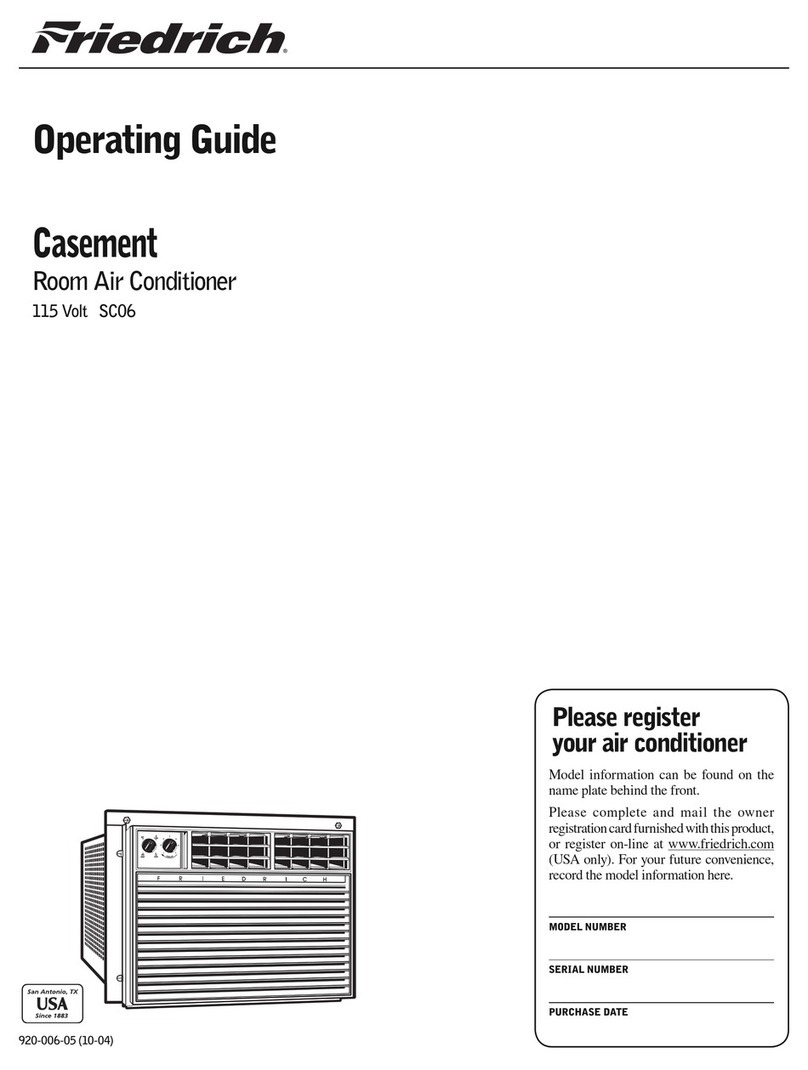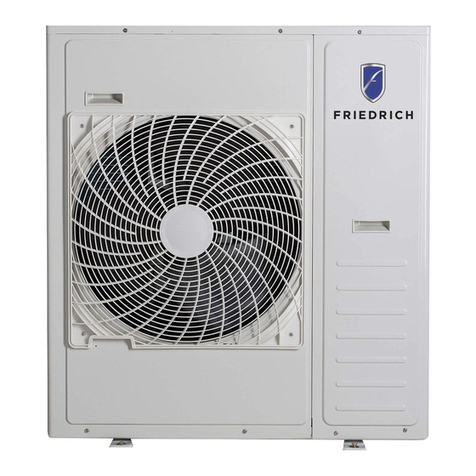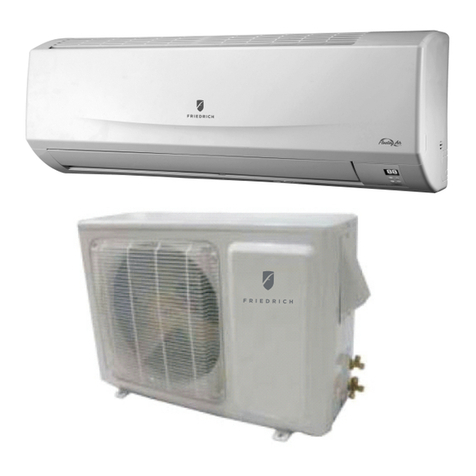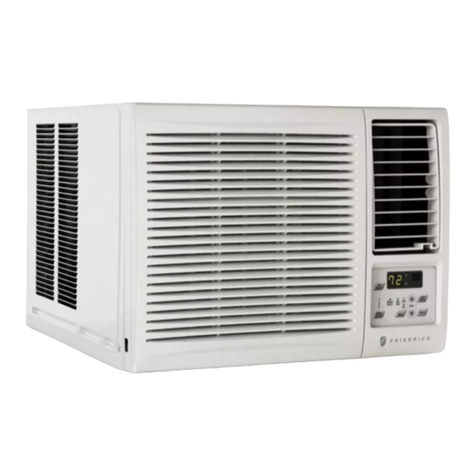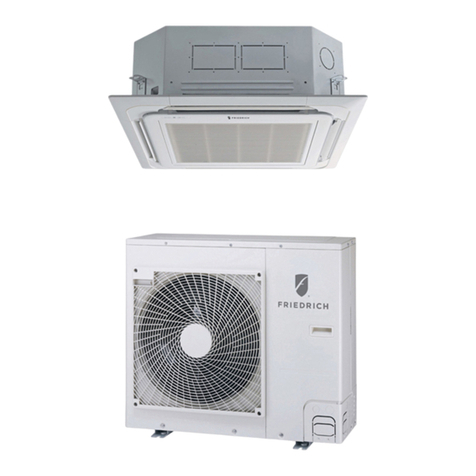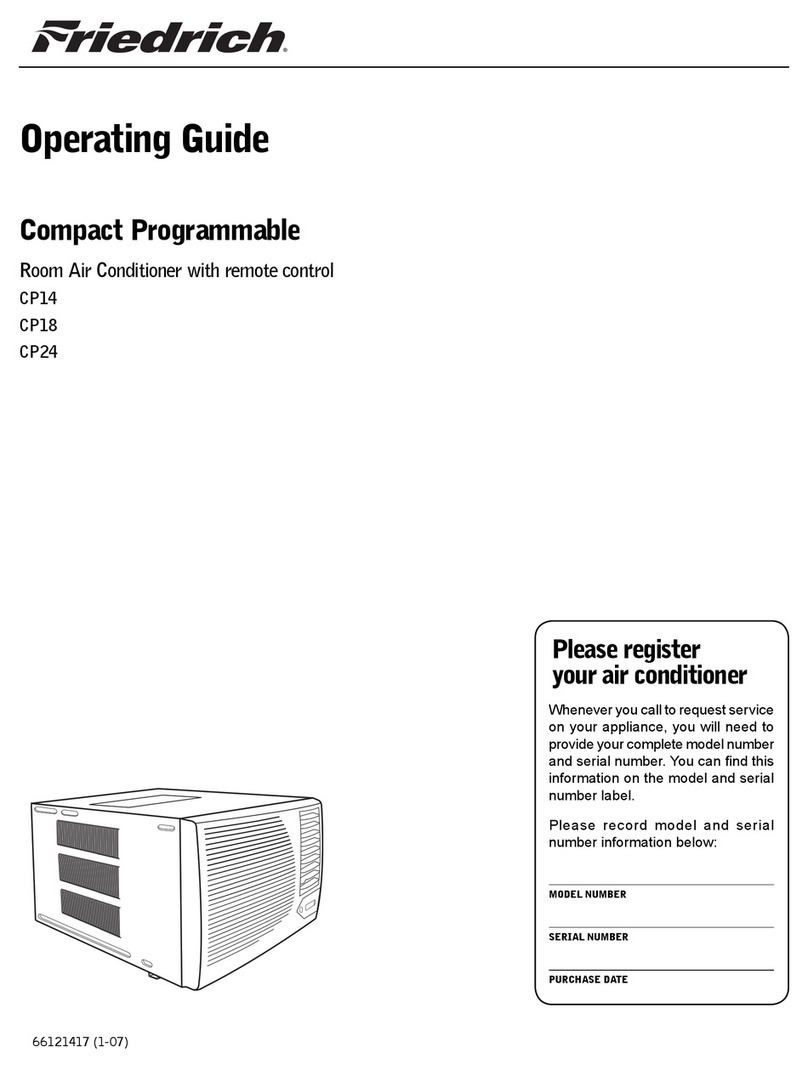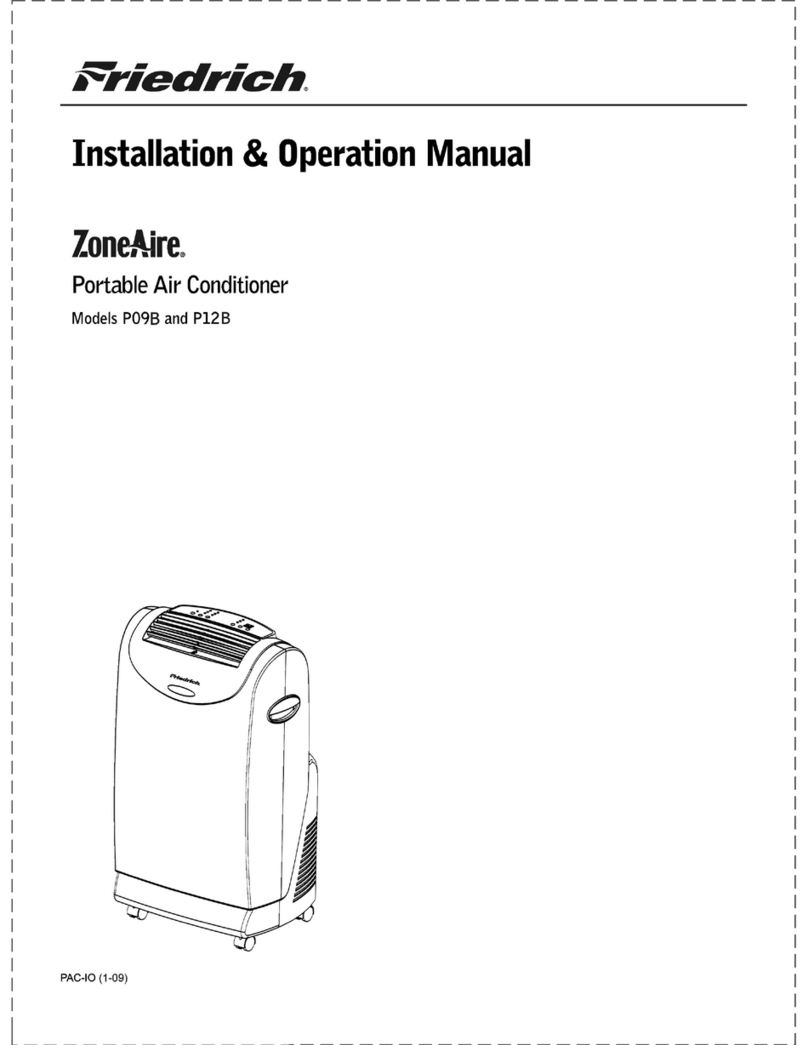
Page 3
General......................................................................................................................................... 4
Specications....................................................................................................................... 4
Operating Data ..................................................................................................................... 6
Installation Instructions For DC-2 Drain Kit ...................................................................... 7
Compressors........................................................................................................................ 8
Component Operation And Testing .............................................................................. 8
Thermal Overload (External)............................................................................................... 9
Fan Motor.............................................................................................................................. 9
Run Capacitor ..................................................................................................................... 10
System Control Switch........................................................................................................ 11
System Control Switch........................................................................................................ 11
System Control Switch........................................................................................................ 12
Thermostat ........................................................................................................................... 13
Thermostat Bulb Location .................................................................................................. 13
Thermostat ........................................................................................................................... 14
Thermostat Adjustment....................................................................................................... 14
Resistor (See Figure 17)...................................................................................................... 15
MoneySaver® Switch........................................................................................................... 15
Heating Element - (See Figure 19)...................................................................................... 16
Defrost Thermostat............................................................................................................ 16
Defrost Bulb Location ......................................................................................................... 17
Solenoid Coil ........................................................................................................................ 17
Check Valve - (Figure 22) .................................................................................................... 17
Valve, Drain Pan (See Figure 23) ........................................................................................ 18
Reversing Valve ................................................................................................................... 18
Electronic Control (See Figure 12) ..................................................................................... 19
Sealed Refrigeration System ............................................................................................. 21
Hermetic Component Replacement ................................................................................... 22
Special Procedures In The Case Of Compressor Motor Burn-out .................................. 22
Rotary Compressor Special................................................................................................ 24
Refrigerant Charge .............................................................................................................. 24
Refrigerant Reverse Cycle
Refrigerant Flow Chart — Heat Pump Models .................................................................. 24
Refrigerant Flow Chart, Cooling Cycle .............................................................................. 24
Refrigerant Flow Chart, Heating Cycle .............................................................................. 24
Routine Maintenance........................................................................................................... 23
Troubleshooting
Troubleshooting Touch Test Chart..................................................................................... 24
Troubleshooting Cooling .................................................................................................... 25
Troubleshooting Heating (Heat Pumps) ............................................................................ 29
Troubleshooting Heating (Cooling/Electric Models) ........................................................ 31
Troubleshooting Heating (Cooling/Electric Models) ........................................................ 33
Wiring Diagrams .................................................................................................................. 35-40
PARTS LISTS
"KQ" Series Chassis Parts List .......................................................................................... 41
"KQ" Series Cabinet Parts List........................................................................................... 42
QuietMaster "SS" & "SM" Series Chassis Parts ............................................................... 45
QuietMaster "SS" & "SM" Series Cabinet Parts................................................................ 46
"ES" – "EM" – "YS" – "YM" Series Chassis Parts ............................................................ 50
"ES" – "EM" – "YM" Series Cabinet & Mounting Parts .................................................... 51
TABLE OF CONTENTS
